Personal technology has played a bad trick on us. Notifications have tied us firmly to our phones. Autoplay videos and recommendations keep us spending more time on YouTube than we originally planned. Social mechanics – like a list of people who have viewed your Instagram Stories – tie us to constantly refreshing pages and using apps. All devices, applications and platforms are aimed at user engagement. Of course, experts unanimously agree that there is nothing healthy in this. Fitness trackers remained a bright spot – but they, as it turned out, are not perfect.
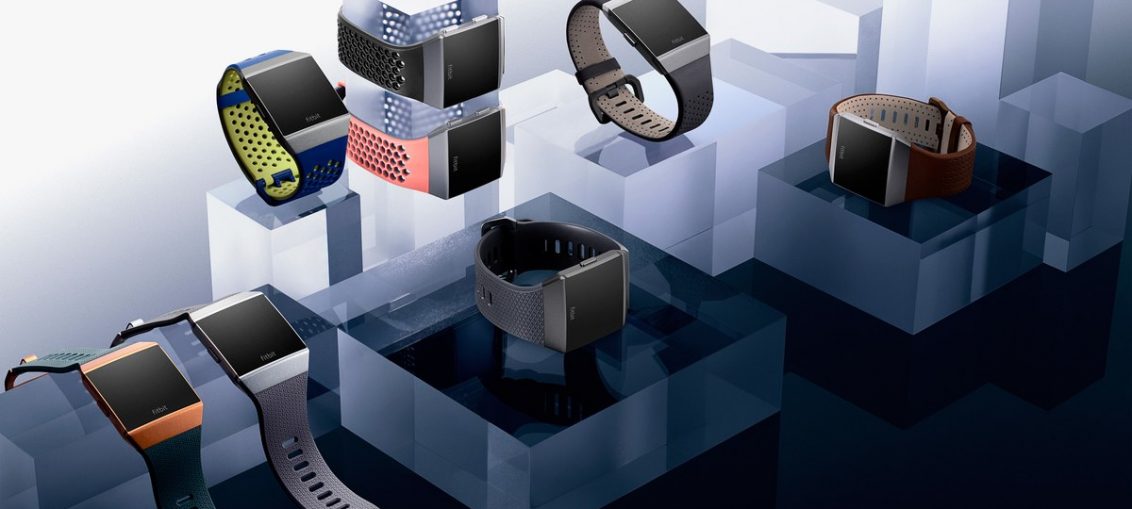
The main problem with Fitbit, Garmin, Apple Watch and other fitness bands and smartwatches remains that they are not attractive enough – in terms of user experience mechanics, not design. Approximately one third of buyers of fitness trackers stop using them within 6 months from the date of purchase. This ratio reaches half after a few more months.
Is there a benefit?
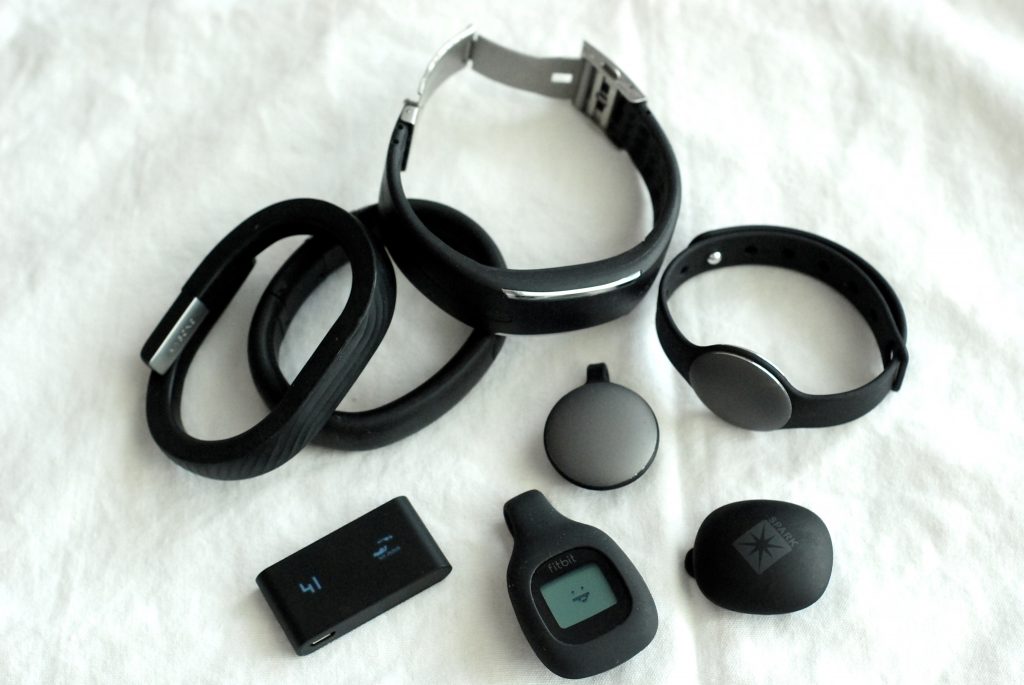
As for those for whom Fitbit becomes an extension of the wrist over time, it is not at all clear if this helps in any way in achieving goals. Most studies on the effectiveness of fitness trackers are not sufficiently representative (due to the small amount of material and the homogeneous sample). The two largest experiments to date show that there is no result from using such bracelets.
The first of these studies was conducted from June 2013 to August 2014 on 800 volunteers. The results were published last year in The Lancet Diabetes & Endocrynology. According to the data, a year spent with wearable trackers had no impact on overall health and training. Financial incentives also had no impact. In fact, the subjects who initially received them ended up with even worse results – after 6 months later the reward was stopped.
The second study was conducted a little earlier at the University of Pittsburgh – from October 2010 to October 2012. Scientists wanted to find out if a fitness bracelet (worn above the elbow) will affect the success of weight loss programs. According to the results, also published last year, but in the Journal of the American Association, subjects without a tracker succeeded in losing weight more than those who wore gadgets. On average, the difference was about 4 pounds dropped. While weight alone is not an indicator of health, the study also found that participants with trackers were not more active than others.
Research has a limitation period

All of the above, of course, disappoints the owners of fitness trackers and discredits their manufacturers.
However, this does not mean that your smart bracelet is useless. Have Fitbit, Apple and Garmin improved their fitness trackers in recent years? Yes, definitely. In 2013, when Apple just entered the mobile market and offered the ability to send notifications from the phone to the watch screen, fitness trackers and paired apps just started to develop.
An important detail – most of the main studies, including the two above, used trackers that are several years old – and they were carried out far from 2017. While research, again, is not enough, newer models have really learned to motivate users.
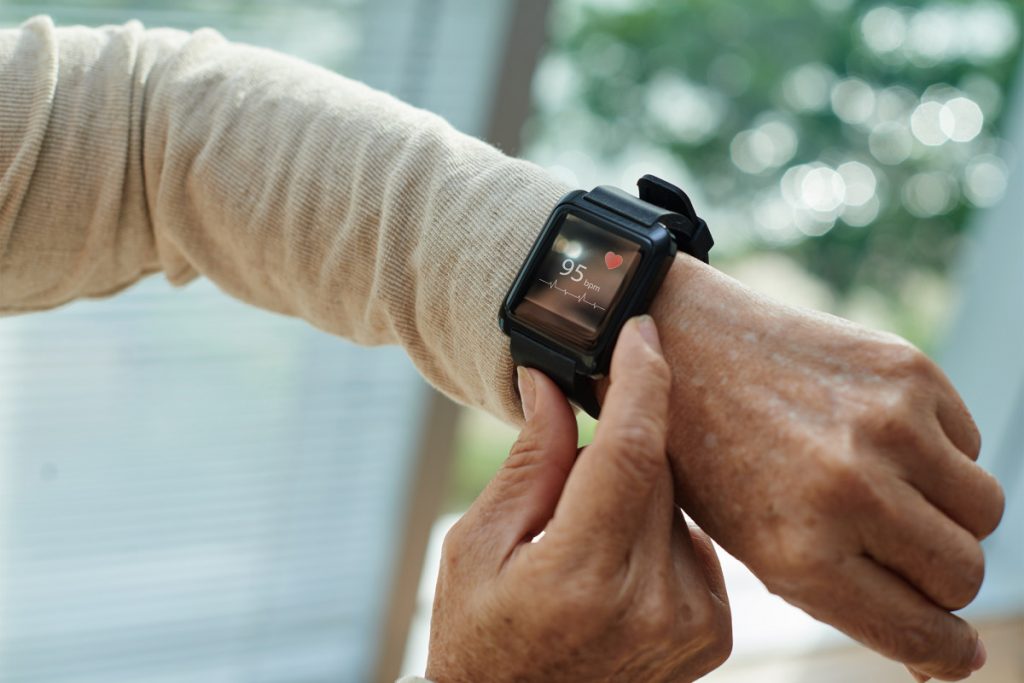
For starters, it's worth noting that the functionality of such devices is no longer limited to a pedometer and activity minutes. Smart bracelets have become quite powerful gadgets: they can continuously monitor the user's heart rate and analyze the quality and phases of sleep. This has also reduced battery life – but tracking your heart 24/7 is definitely worth it. However, manufacturers are trying to optimize power consumption without sacrificing performance. So, for example, the new Fitbit Ionic can last 4 days without recharging. Garmin's flagship watch, the Fenix 5, lasts a full two weeks.
“The watch is comfortable and not afraid of moisture, the inscription on the display is clearly legible, and the battery lasts for a really long time: you can not take it off all day”, – comments on the novelty of the novelty Garmin lead product manager Phil McClendon.
Note that the number of buyers is not important for manufacturers of wearable technology. As developers have the concept of 'time in the application', and online publications have 'time on the site', so Garmin has its own term – 'time on hand'. And it is precisely this indicator that manufacturers of fitness bracelets are chasing: they are interested in ensuring that the device does not leave the user's wrist as long as possible.
Application efficiency
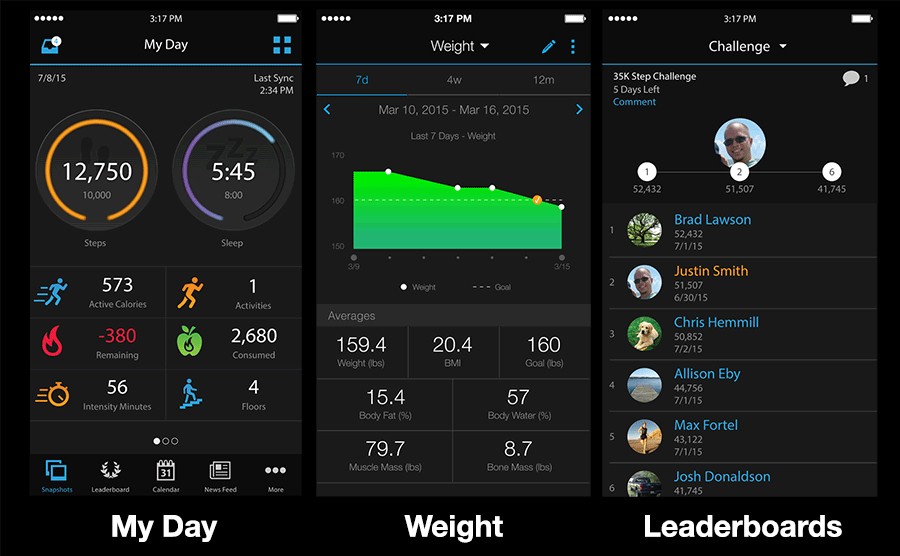
Paired apps are getting better every year too. It became clear that collecting statistics is one thing, but providing the user with visual, interactive and motivating statistics is quite another. For example, reminders that it's time to go in for sports is one of the standard functions of modern trackers. However, a bracelet vibrating once an hour is not only annoying, but sometimes also just inappropriate. For example, you are riding a bicycle uphill, and the gadget offers to take a walk – isn't it stupid?
That is why modern smartwatches and bracelets adapt to the user's activity. Most of them will only ask you to stretch if you have been sitting for more than a given time. According to the Fitbit report, this strategy actually works. Shelton Yuen, vice president of research at the company, said:
People who initially received reminders to move more six times a day receive them 40% less often after a few months. This example alone demonstrates that typical human behavior is gradually beginning to change for the better.
User adaptation
Of course, Fitbit as a manufacturer had nothing else to say. However, third-party researchers confirm that technology in fitness trackers is evolving. University of Pennsylvania researcher Mitesh Patel, who studies the effects of wearables on human health, says there are two areas in which both devices and apps are getting better.

First, they are now using social media to stimulate both competition and support. Recent research by psychologist Liza Rovniak has shown that online support does indeed increase physical activity in unmotivated adults. Nevertheless, according to Patel, the league tables, in the form of which user ratings are often presented, are able to motivate only those who are at its top (who, most likely, already need motivation least of all).
Secondly, an important factor is the ability to set a specific goal for yourself. To change behavior, the user must see that their goal is truly within reach. The problem with the first generations of fitness trackers was that they all focused on the same goal (number of steps) – and the bar was too high. So, the bracelets required 10,000 steps per day. However, Americans walk about 5,000 steps a day on average. Asking to double this number is not only unrealistic, but also discouraging.
In modern bracelets, the system adapts to the user's habits, and does not try to impose completely alien standards. Instead of forcing you to walk 10,000 steps, Garmin's Insights feature will nudge you if you are moving less than usual today on this day of the week. Fitbit lets you set and track your progress with personalized goals like weight training or cardiovascular health.
Further is better
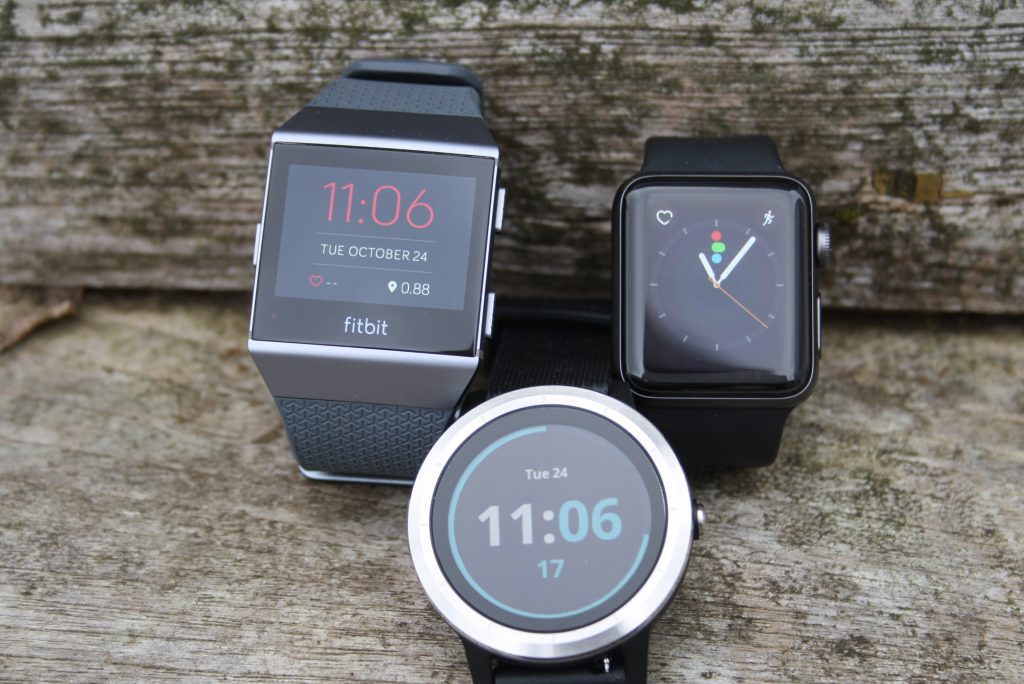
These are just a few of the tricks and techniques that wearable device designers have learned from psychology and behavioral economics to motivate users. Of course, in the future all this will be honed and developed further. New features are constantly being added. Considering that now smart bracelets have become compact, powerful and literally stuffed with various sensors, many opportunities are opening up for the developers of the corresponding software. The main goal of manufacturers is to provide the collected information as interactive and user-oriented as possible, so that it is really useful.
Perhaps not as fast as YouTube or Netflix, but fitness bracelets will indeed soon be able to push the levers in our brains – but unlike the first two, doing it for the good of people.
